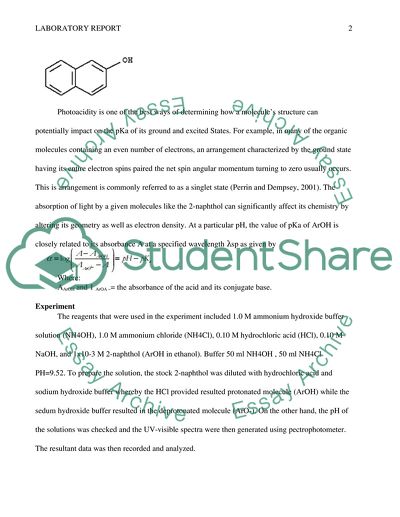Cite this document
(“How Molecule's Structure affect the pKa Lab Report”, n.d.)
Retrieved from https://studentshare.org/chemistry/1701425-how-molecules-structure-affect-the-pka
Retrieved from https://studentshare.org/chemistry/1701425-how-molecules-structure-affect-the-pka
(How Molecule'S Structure Affect the PKa Lab Report)
https://studentshare.org/chemistry/1701425-how-molecules-structure-affect-the-pka.
https://studentshare.org/chemistry/1701425-how-molecules-structure-affect-the-pka.
“How Molecule'S Structure Affect the PKa Lab Report”, n.d. https://studentshare.org/chemistry/1701425-how-molecules-structure-affect-the-pka.


